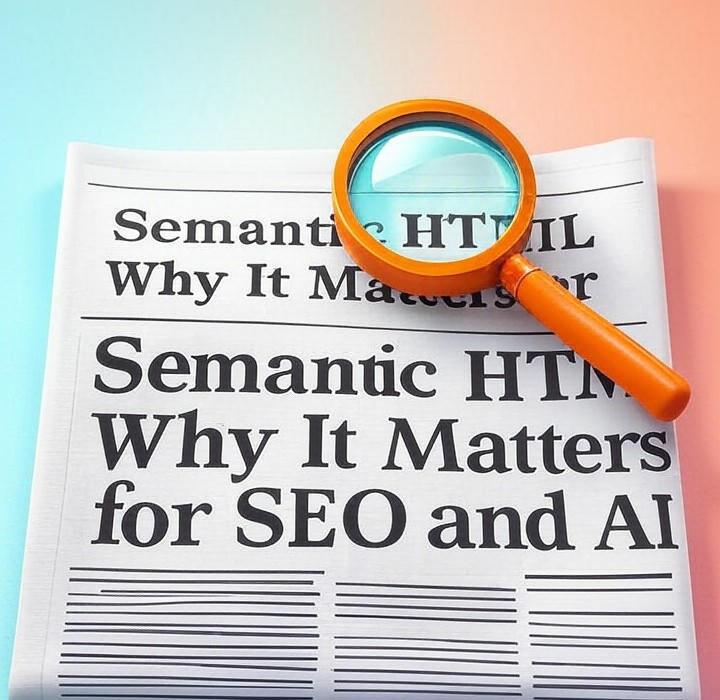
What Your Website Looks Like to a Robot
Have you ever stopped to think about what your website looks like to a robot? Not the glossy front-end you see, but the raw code underneath. It’s a question we all need to be asking, and Barry Adams just laid out a compelling argument for why this is more important than ever.
The Critical Role of Semantic HTML
In his latest analysis, he zeroes in on something many marketers consider “developer stuff”: semantic HTML. Put simply, this is about using the right code to label the different parts of your webpage. It’s the difference between throwing everything into generic boxes (`<div>`) versus using specific labels like `<header>`, `<main>`, and `<footer>`. For years, this has been good practice for accessibility and helping search engines understand your site’s layout.
Why It’s Crucial for an AI-Driven World
But here’s the game-changing insight Barry Adams provides: this is no longer just good practice; it’s becoming critical for survival in an AI-driven world.
Think about how new tools like Google’s Search Generative Experience (SGE) or Perplexity work. They don’t just link to your page; they read it, understand it, and summarize it for users. If your website’s code is a jumbled mess, how can you expect an AI to accurately pull the most important information? By using semantic HTML, you’re essentially handing the AI a crystal-clear map of your content, telling it, “Hey, this is the main article, this is just a side note, and this is the author’s bio.” This gives you a massive advantage in ensuring your content is represented correctly.
An Investment in the Future
It’s a powerful reminder that a solid technical foundation isn’t a cost, but an investment in future-proofing your digital presence. The age of AI in search is here, and it’s time to make sure our websites are speaking its language.
I highly recommend you read Barry Adams’ full analysis on semantic HTML for SEO and AI to get the complete picture.
